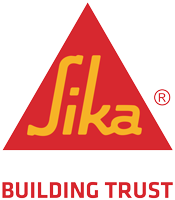Arcadia ICR Group finds single source solution to masonry installation
Contractor, consultant and building industry expert witness Todd Alford on the solution to the issues surrounding wire lath systems for brick and stone.

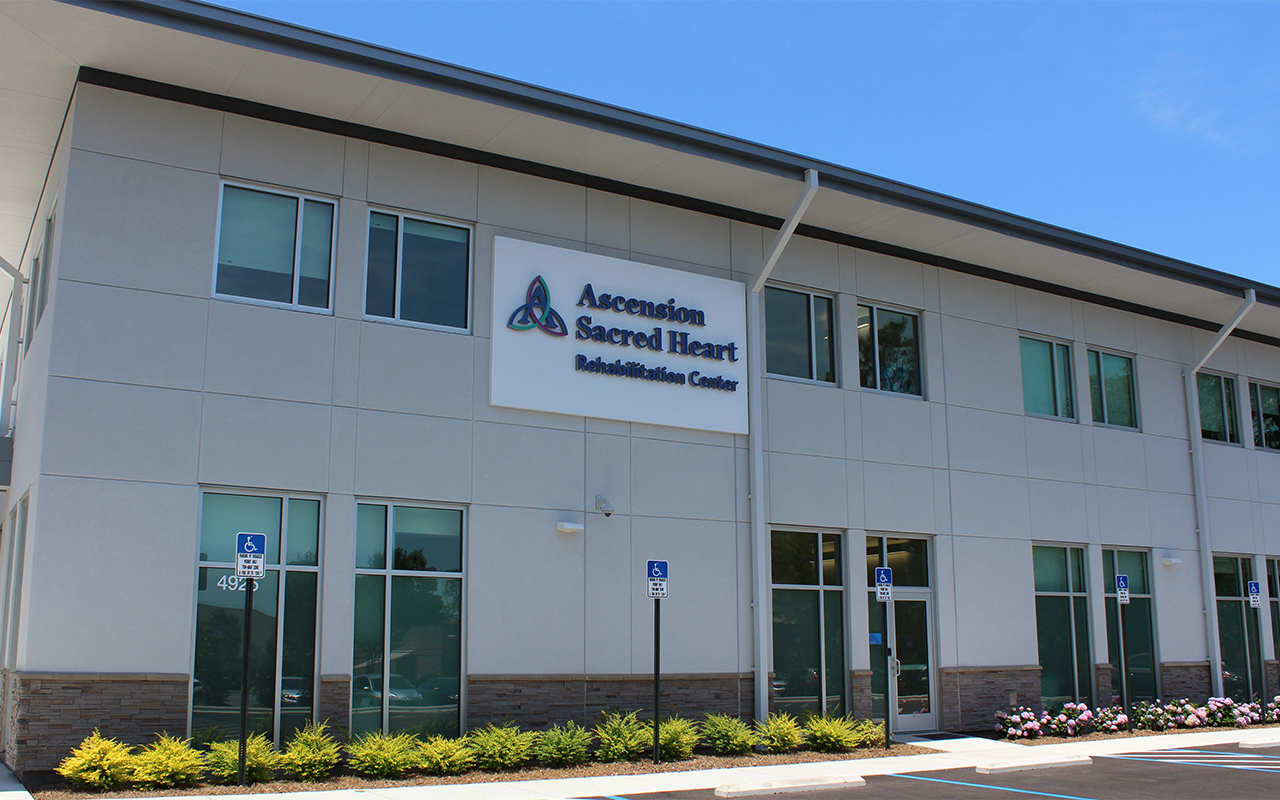
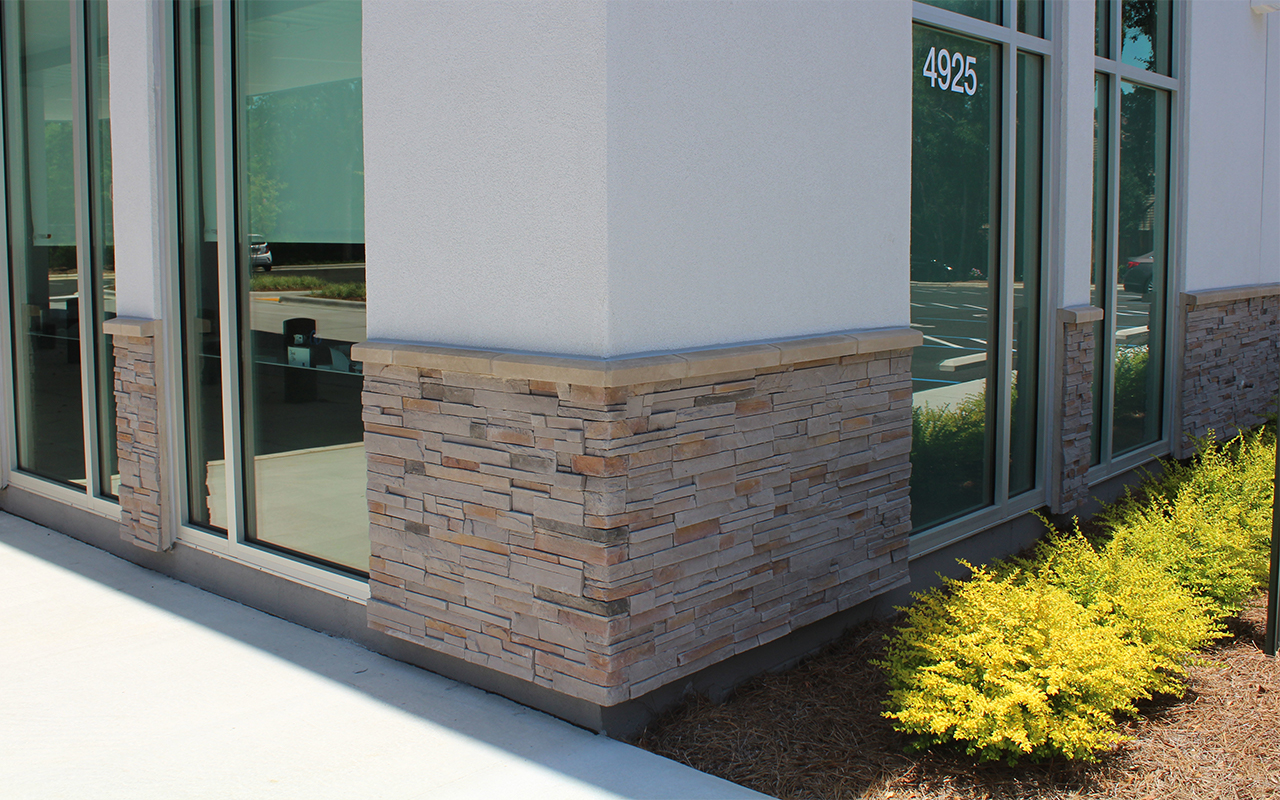
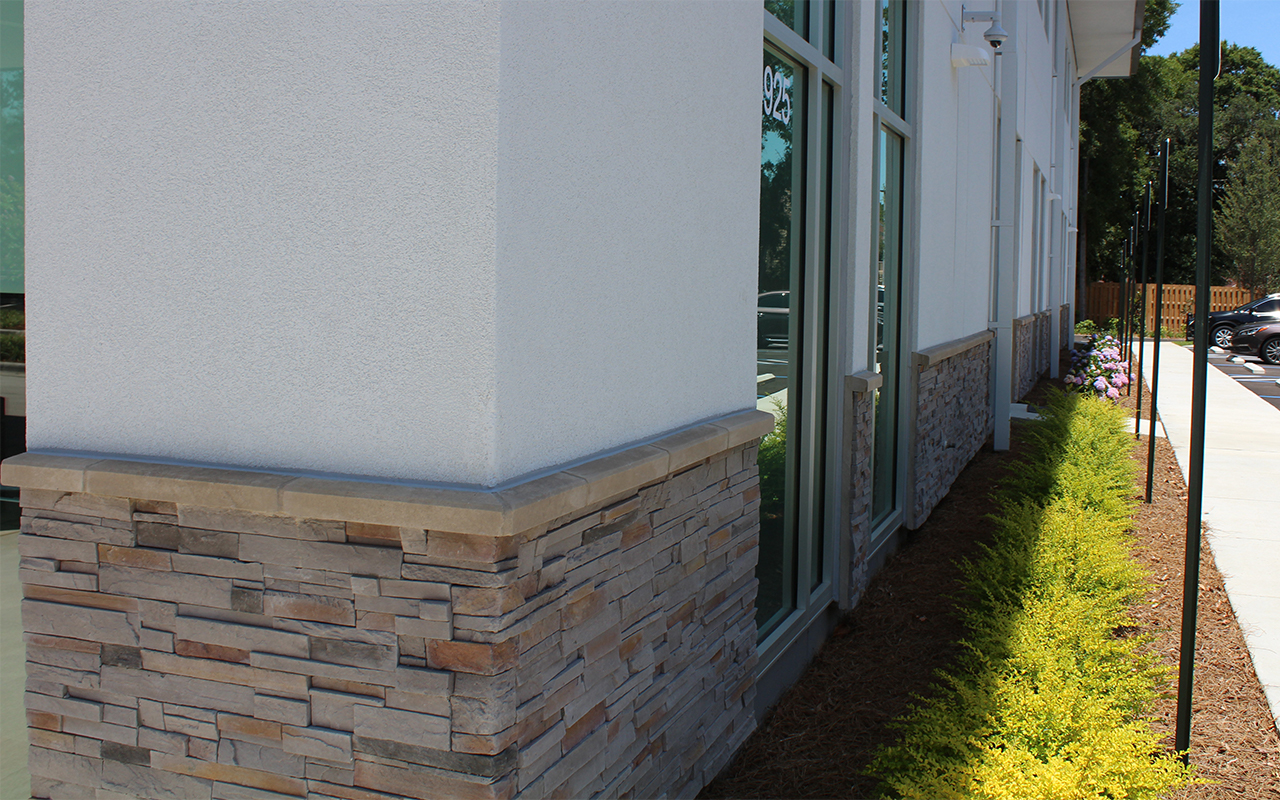
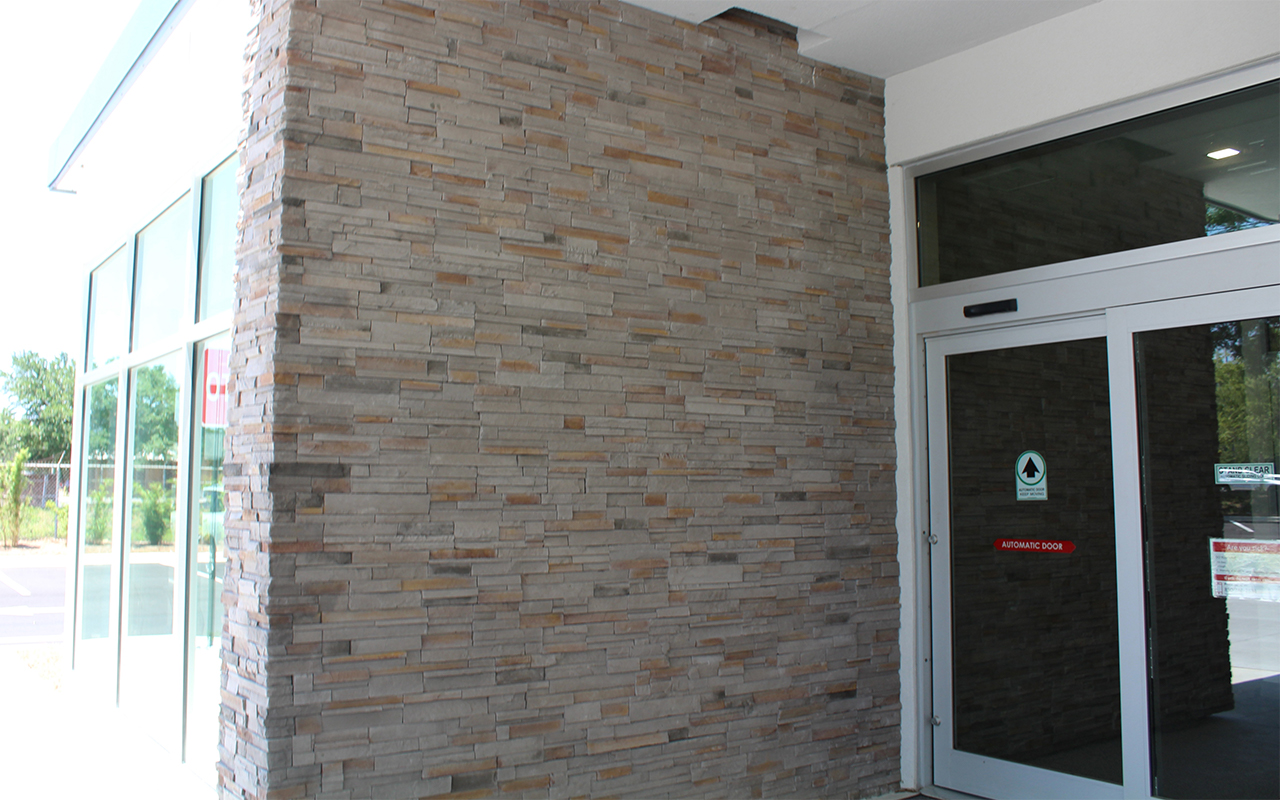
Todd Alford is a busy man. His Pensacola-based firm Arcadia ICR Group not only builds residential and commercial structures of all kinds, he also consults with contractors around the region on testing, evaluating and designing weather-tight buildings, focusing on roofing, walls, fenestrations and related waterproofing issues. In addition, he provides third party quality assurance oversight of ongoing construction and performs forensic analysis of building envelope issues. Further, his long-term industry expertise is in great demand by building owners and contractors as an expert witness to analyze and explain construction issues in dispute.
In summary: Todd Alford has seen it all.
“A big part of my job is investigating construction failures and determining what went wrong with the products or with the installation,” he explained. “Often, you will start to see the same or similar things go wrong independently in different places and the patterns start to emerge and get pretty clear. When that happens and I can provide some useful insights, I will often try to work to provide some feedback to interested parties that hopefully leads someone to take action to make a better mousetrap.”
Case in point: Portland cement wire lath systems, for years a common way to get stone or thin brick onto a building facade. Alford notes he was frequently finding issues with water ingress and other costly scenarios with these products.
“I could see that these systems seemed to have many inherent properties that were leading to damage and warranty claims and callbacks and even litigation,” he explained. “Many steps had the potential for errors.”
Alford quickly ticks off a few of the issues he has seen time and time again in recent years.
“These systems are made up of multiple sheets with many overlaps, opening up multiple possibilities for seepage in-between if not installed exactly right. In addition, they require anchoring a rigid system to a framed wall system that has some give, opening up possibilities for movement and slippage. In practice, since these products are available from many vendors, contractors are often driven to ‘mix and match’ components to get the best overall price, which can lead to unforeseen compatibility issues,” he said.
But he saves the worst for last.
“To install them, you have to go in there with a screw gun or an air nailer and penetrate the water barrier—thousands of times. It seems like a no-brainer that this is a bad thing to do,” he said incredulously. “There are so many variables, and a misstep with any one of them can and does cause a failure—and that means water in your building.”
Enter the Insulated Masonry Veneer System—solving a host of issues
When Alford heard about the new Senergy Insulated Masonry Veneer System from Master Builders Solutions, he knew right away that it would be a gamechanger when it came to installing walls of veneer materials such as natural and manufactured stone, tile and thin brick.
“This product checks all the boxes. It’s a single monolithic sheet so there’s no challenge of having to install the overlaps just right. It’s flexible and can absorb the movement of the wall so it doesn’t pull out over time. It comes as a complete system, including Master Builders Solutions’ latest proprietary innovation, MaxGrip Veneer Mortar, so there’s little else to procure separately. And, best of all, there is no penetration of the air/water barrier. Adhesion is all done with wet product so you’re not putting holes in it,” he explained.
Alford’s team was instrumental in presenting the system to one of the first users in the area, a regional medical center. He notes that the client liked the opportunity for upfront cost savings and the cleaner look of a single plane façade. But most of all, he noted, they were very excited about the possibility of long-term savings year after year.
“The continuous insulation provides a much better R value, and that can mean significant energy savings on an ongoing basis,” he said.
Further, from what he saw, the contractors were winners on the projects also.
“It’s just very easy to work with. It takes less time and labor, and saves frustration too, as it does away with so many potentially problematic factors,” he said.
An ongoing partnership with Master Builders Solutions
Alford notes that he was not surprised that it was Master Builders Solutions that came out with such a long-awaited, much-needed, innovative solution to a common chronic industry problem. He has worked with the company for 15+ years and considers them a go-to for many products.
“They produce a lot of different products that the industry uses every day—stucco supplies, EIFS, concrete repair and more. They are a great company with very good customer support, and fast response times to questions,” he said. “If I’m waiting in the field on an answer to a question—like the brick mason wants to use a different kind of through wall flashing and we have to make sure that the cement is compatible with the previously installed products—their responses are fast and far better than any other company we work with. Many of their products have the best warranties in the business too.”
Speaking of products, Alford notes that the Insulated Masonry Veneer System has quickly jumped to the top of his Master Builder Solutions “favorite” list, but there are still a number of others.
“We constantly specify Senershield-R fluid-applied air/water-resistive barrier because it performs better than anything else on the market. Their liquid flashing products are great for difficult to reach areas. And I wouldn’t do without Tersus Color Coat, a self-cleaning, water-repelling coating—especially here in Florida. We like our white stucco buildings here and between the trees and the wind-blown dirt and other environmental factors they get dirty very quickly. The need for cleaning can be frequent and costly. When you coat the building with Tersus Color Coat, all you need is a good rain. You can see a huge difference between a building coated with Tersus Color Coat standing next to the building with a standard coating—so much cleaner.”
Alford looks forward to more win-win projects with Master Builders Solutions and like-minded colleagues in the region.
“They are a good friend to any contractor or anyone in the industry,” he said. “Their products are excellent, and their customer support is second to none in my opinion.”
Project Summary
Contractor
Consultant
Arcadia ICR Group
From the exterior to the interior, Ascension Sacred Heart Rehabilitation Center is designed to provide patients a comfortable place to recover and restore their health and wellbeing. The exterior of the facility incorporates the Channeled Adhesive CI Design with MaxGrip Veneer, a fully integrated wall system that allows the installation of masonry veneer over continuous insulation (CI). The system offers the ultimate level of comfort and energy efficiency.
